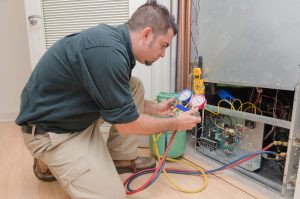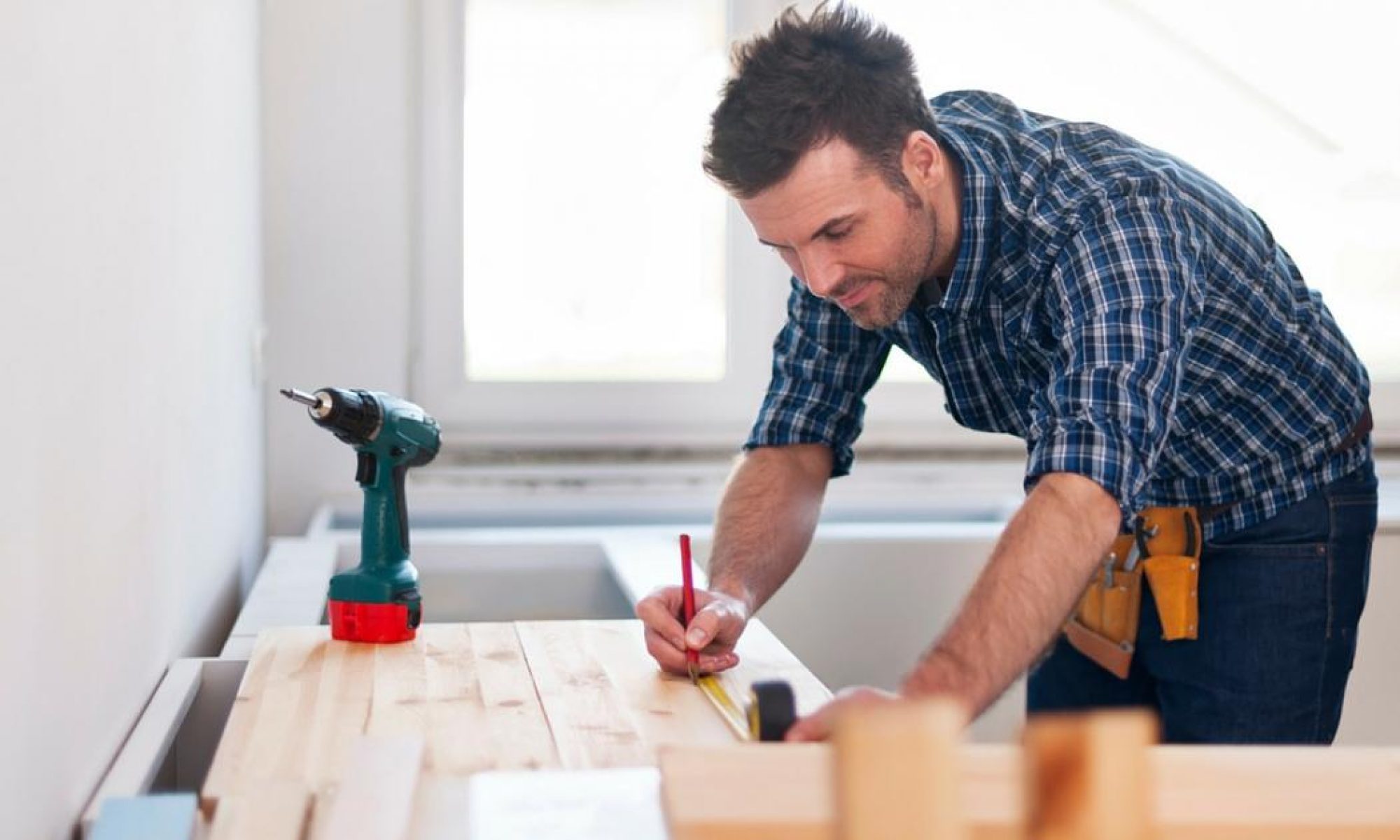If you hang around your HVAC specialists, you’ll probably hear the term “sequence of operation.” That is a sequence that has to be followed when checking to see how (and whether) your furnace operates during an annual inspection, and depending on the type of furnace you have, it can get pretty tricky. Electric furnaces, for instance, will involve safety checks having to do with the electric system and the risk of electrocution, while a typical gas furnace will require the furnace repair Denver CO experts to check for gas leaks and making sure that, if there are any, they can be properly contained as soon as possible.
The first items on a typical gas furnace checklist, after checking the thermostat, which is standard for every type of furnace, is to locate the furnace and HVAC system, determine its energy source and method of heating, and check to see if it’s operational.
Safety is key, so a big part of the first checks that a professional furnace repair Denver CO contractor will perform will have to do with making sure there are no gas leaks and that there is nothing obstructing the furnace or no large temperature or pressure build-up that could lead to safety hazards.

One of the main things you can expect from an annual furnace inspection is that the furnace repair Denver CO experts will perform a thorough visual inspection. Of course, even though almost anyone could typically do that, the trained eye of your technician can spot a lot of things most people can’t, such as minor issues with parts and areas of the main system, such as leaks, corrosion and improper ventilation – all of which can be detected just by looking in the right areas.
Additional items should also include the following:
- Checking the integrity and operation of the induction motor;
- Evaluating how well the pressure and limit switches are able to contain any detected problems;
- Making sure that the hot surface ignitor – or electronic spark ignitor, depending on the system – is working properly;
- Checking to see if the gas valve receives power and opens up properly;
- Additional checks, which are equally important, involving the flame sensor, the exchanger, the blower motor fan, the filter and the duct system.
The method through which your HVAC circulates air throughout your home is just as essential to evaluate as the rest of the system. After all, if the filter is too old or the layout of the ducts and vents hasn’t been established properly, there is a risk that, while your HVAC is working just right, the heat doesn’t make it all the way to its destination. So, some rooms might be much warmer than others, even though your thermostat might be set pretty high.
In many cases, the process through which everything is checked for integrity problems, contamination, leakage, lack of proper construction and health hazards will be quite thorough, and it will determine whether or not any serious changes or repairs might be needed. In some instances, your technicians will inform you of certain, immediate repairs that will be needed in order for the furnace to stay in operation. If these changes are required for safety purposes, then they should be your top priority, and depending on the severity of the issue, you might not be able to even use the furnace anymore, until they are resolved.
